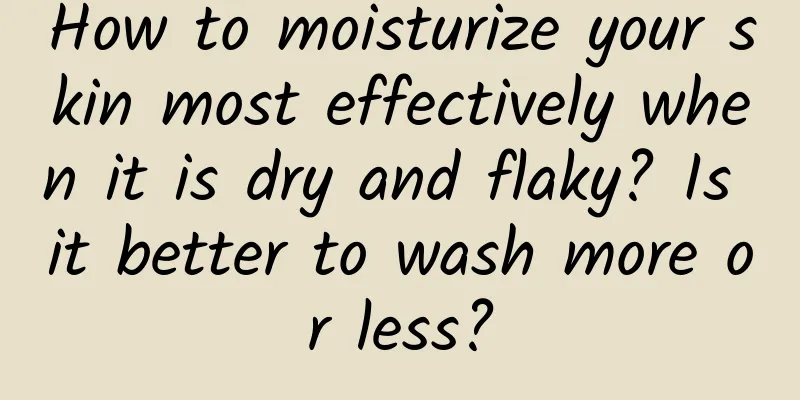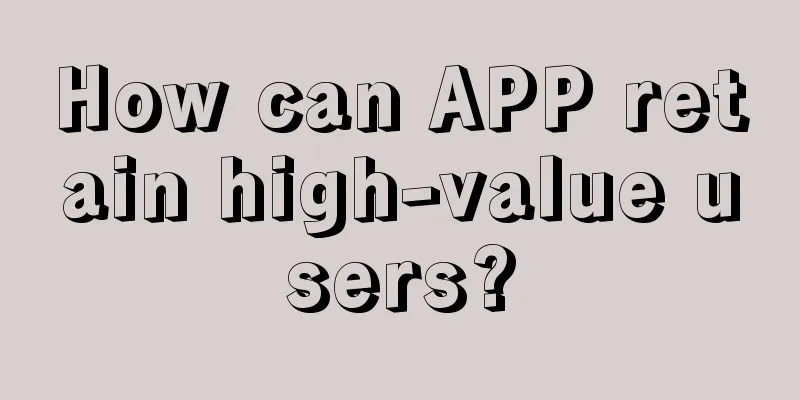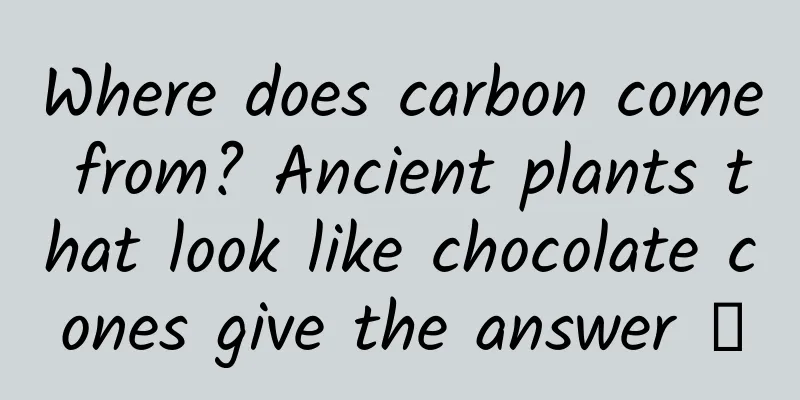Flexible design and implementation of Taobao Mobile

|
Taobao Mobile has been promoting flexible design since mid-2014. What does flexible mean? In fact, flexible is the low-end form and foundation of responsive. For us, the most intuitive feeling is that on an ultra-wide screen, the web page will not be displayed with blank space on both sides. The fluid layout that everyone often talked about in the PC era is actually a kind of flexible design. However, the expression angle of fluid is implementation, and the expression angle of flexible is result. In order to be consistent with the high-end responsive, we use the term flexible here. Before discussing the solution, we need to understand three key concepts: Pixel Per Inch (PPI): The number of pixels per inch in the real world determines the display quality of the screen. Device Pixel Ratio (DPR): The correspondence between physical pixels and logical pixels (px) Resolution: The number of pixels that the width and height of the screen area occupy These screen parameters are very important when we decide the font and size units for different screens. Scenario 1 - Resolution Adaptation How do you want a banner image to behave when you face different screens? In this scenario, we mainly need to deal with the resolution adaptation problem. Considering that most web pages are scrolled vertically, under different screen sizes, the behavior of the banner should always fill the screen width and always maintain the aspect ratio. The most natural idea is to use percentage width, but if we use percentage width, that is, width:100%, we have two ideas to achieve a fixed aspect ratio: one is to use the characteristics of the img tag and only set the width until the image is loaded. This method will cause a lot of re-arrangement, and the non-fixed height will make lazy loading and other functions difficult to implement, so we decisively give up; the second is to use the margin of the before pseudo-element to expand the height. This method is a relatively clean pure CSS implementation, but it does not have any reusability and requires a specific HTML structure, so we have to give up. Therefore, the most suitable method is to use other relative units. Originally, the most suitable unit is vw, which means viewport width, but this unit has serious compatibility issues, so it has to be abandoned. ***We had to cooperate with js to do it. Hard calculation is also a way, but it also has no reusability. In the end, we chose rem. We used js to set a font-size proportional to the screen width for html, and then used rem as the unit for the width and height of the elements. This is our current online solution. It is a hack-like usage. Known issues include: Some Android devices will drop the rem fractional part Occupies rem units Not a pure CSS solution Scenario 2——PPI Adaptation How would you like a piece of text to behave when you are faced with different screens? Obviously, we want to see the same text size on the Retina screens of iPhone 3G and iPhone 4, that is, we don't want the text to become smaller on the Retina screen. In addition, we want to see more text on large-screen phones, and most of the font files now come with some dot sizes, usually 16px and 24px, so we don't want to see weird sizes like 13px and 15px. Such characteristics determine that the rem solution in scenario 1 is not suitable for paragraph text. Therefore, paragraph text should use px as the unit. Considering Retina, we use media query to specify different fonts. Considering the compatibility of DPR, we use width replacement instead: In another scenario, for some title text, we hope that it will increase with the width of the screen. We can still use rem as the unit. For text larger than 35px (personal intuitive feeling), we don’t need to consider the dot matrix information too much, and the vector information of the font can also be rendered well. Scenario 3 - DPR Matching A block with a 1 pixel border on the design, how do you want it to behave when you face different screens? In this scenario, the requirement is very simple. The designer hopes that this line will be 1 physical pixel on any screen. Well, of course the answer to this question is not as simple as writing 1px. Under the retina screen, if you write this meta You will never be able to write something with a width of 1px. In addition, inline elements such as SVG will also be rendered according to logical pixels, and the clarity of the entire page will be discounted. Therefore, Taobao Mobile uses JS to dynamically write meta tags. The code is similar to this:
Conclusion In general, the flexible solution for Taobao Mobile is to use a combination of rem and px units + js to set scale and html fonts. The contents of these JS can be found in our open source library ml: https://github.com/amfe/lib.flexible. |
<<: What you need to know about adaptation - MobileWeb adaptation summary
>>: Operating systems other than iOS, Android, and WP?
Recommend
If I had a hundred eyes, what would I see? - The evolution of eyes from scallops
The winning works of the 2023 "China Science...
5 tips for brand advertising and marketing!
What kind of advertising is considered a "go...
15 short video planning and promotion
An excellent short video often requires a good pl...
How does big data drive products and operations?
Maybe everyone has had this experience: after you...
8 combinations of targeted information flow promotion methods, available for testing!
Many people don’t know how to set up the targetin...
Boston Consulting Group: 2025 AI Radar Report
Boston Consulting Group released the "AI Rad...
Apple releases first public beta of OS X Yosemite 10.10.5
[[140925]] Apple recently released OS X 10.10.5 b...
Sweaty herring, which one stinks more?
Text|Xu Rui (Copyrighted image from the gallery, ...
The latest "mask order" has been issued! National Center for Disease Control and Prevention: Masks are still required in these scenarios
Guidelines for the public to wear masks to preven...
2019 Alipay product operation analysis!
1. Product Overview 1.1 Product Introduction Prod...
The core and guidance plan of community operation and fission operation
After the concept of private domain traffic emerg...
Why are mobile phone prices dropping so fast? There are three reasons
If you pay attention to the dynamics of the mobil...
The live broadcast script is so awesome!
For a long time, I have been envious of my fellow...
Who will win the smart fitness market, Google or Apple?
The Apple Watch is coming on strong. The battlefi...
Yongge's 71 video of the money-making project
Introduction Yong Ge’s video tutorials on lucrati...









